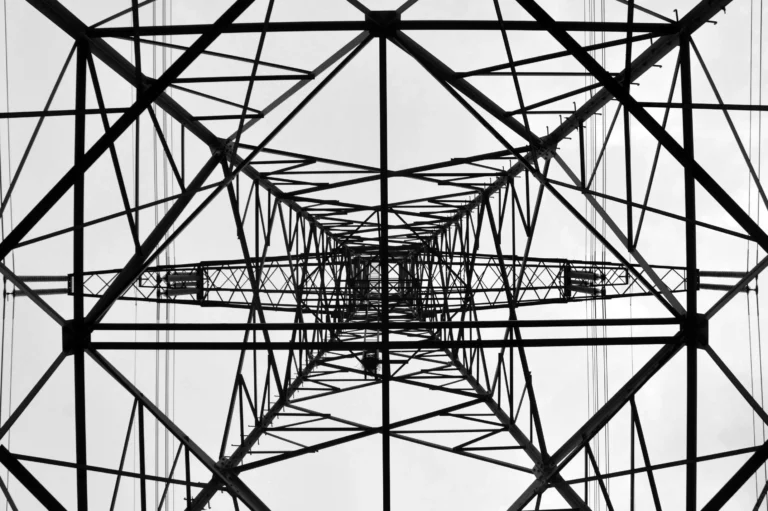MyHEAT
201-1228 Kensington Rd NW
Calgary, AB T2N 3P7
Canada
What is Energiesprong and Why It’s Important
Energiesprong is a Dutch concept that is redefining energy efficiency and deep energy retrofits. Learn why it's gaining traction in more and more countries.
Every now and then, we see new green initiatives that cater to the environment gaining attention across the globe – in this case, it’s energiesprong.
An initiative born in the Netherlands, energiesprong is a home energy efficiency concept gaining much traction in North America.
In order for governments and utilities to meet their various net-zero goals, we have to increase the pace and effectiveness of deep energy retrofits.
The way we currently deliver retrofit – onsite, incrementally and using traditional building methods – won’t deliver the results we need at the scale, speed or cost required for the climate crisis or the millions about to be plunged into fuel poverty.
Ian Hutchcroft, director, Energiesprong UK
This is where energiesprong comes in.
What is energiesprong?
It literally means “energy leap.” It is an initiative of the government of the Netherlands to retrofit existing buildings to be more energy efficient and to become zero-energy buildings.
Now, before we move forward, let’s define two important terms: retrofit and zero-energy building.
Retrofit simply means adding an accessory or component to something nonexistent when it was manufactured. On the other hand, a zero-energy building has optimal efficiency in such a way that it sustainably produces the same amount of energy that it consumes.
What is an energiesprong retrofit?
An energiesprong retrofit means a home becomes more cozy and more comfortable with minimum net-zero energy standards, paid for using future energy savings.
The idea is to achieve “net zero in one go”; upgrade the home’s thermal envelope, use low-carbon HVAC solutions like heat pumps, and add renewable energy and storage.
Related reading: What is net zero?
This is done by improving the cladding and insulation of homes using prefabricated roof panels and walls and pre-assembled “energy pods” that provide high-efficiency, low-carbon heating, hot water, and renewable energy.
An energiesprong retrofit provides affordable electrification that produces an immediate reduction in carbon (of up to 90%) by reducing energy waste in homes and powering the home with clean energy. The remaining 10% of carbon reductions are achieved as the grid continues to decarbonize over time.

What are the principles of energiesprong?
There are five criteria around which the energiesprong model revolves:
- The renovations will pay for themselves in three decades – meaning the performance of the retrofit is guaranteed for 30-40 years.
- The installation and implementation of the retrofit take less than 7-10 days.
- It is considered affordable based on energy savings and reduced costs for maintenance.
- The designs are attractive with enhanced features.
- Procurement is based on purchasing housing concepts and not drawings and specifications.
How are retrofits implemented?
It starts with a 3D scan of the property to measure all relevant dimensions. These scans are then fed into the Building Information Modeling (BIM), which generates the drawings used by factories in manufacturing.
The projects are designed to provide two-thirds of energy savings, while the remaining third is achieved through renewable energy. Through heat recovery and insulation, these savings translate to a 70% reduction in thermal energy demand and a 15% decrease in electricity demand.
The following technologies are typically used in energiesprong projects:
- High R-Value insulation for walls and attics
- Prefabricated panels with airtight layers
- Heat pump with Mechanical Ventilation with Heat Recovery (MVHR) and Photovoltaic (PV)
- Smart controls and monitors to accurately measure energy use
- Other miscellaneous measures, such as replacing appliances, lighting, etc.
What does research have to say about energiesprong?
In a report by the New York State Energy Research and Development Authority or NYSERDA, the renovated houses they monitored were net-zero. This means that the project delivered on its commitment to net-zero performance. In addition, according to the report, the places had annual generated solar energy that exceeded their energy use. This reduction in energy demand is thanks to the high R-value insulation for walls and attics, use of heat pumps, and low air leakage, among other improvements.
Following the 5,000 net-zero successful retrofits in the Netherlands, Edmonton-based ReNü Engineering Inc. did a deep retrofit of a 1970s Canadian co-op building of 59 units using the energiesprong approach. Such trial projects are essential in establishing a solid case for renovating homes to meet Canada’s climate targets.
Where has energiesprong been implemented?
To-date, official energiesprong projects have been implemented in the Netherlands, United Kingdom, France, Germany and Italy. In total, 4,306 energiesprong projects have been completed in these countries.
In addition, there are many energy retrofit projects planned in New York and California, inspired by the energiesprong concept.
In New York, RetrofitNY is a NYSERDA initiative that has a budget of $30M USD over the next 10 years to achieve affordable deep energy retrofits at scale. Currently, 46 projects are planned.
In California, many energiesprong-inspired projects are planned to support the state’s ambitious climate goals. The California state Energy Commission allocated $7.2M USD to deliver affordable zero-emissions retrofit packages to over 300,000 sq. ft of projects focused on supporting disadvantaged communities.
This effort is being led by REALIZE, a Rocky Mountain Institute initiative, with a view to demonstrate success and scale the Energiesprong model across the United States.
Scaling retrofits with visual data and tools
Initiatives such as energiesprong take us forward in addressing climate change in the built environment. Knowing which buildings are most in need of energy efficiency upgrades like energiesprong is often a challenge. Visual tools that provide information on our energy waste are invaluable.
MyHEAT’s interactive heat loss maps and solar maps can do just that. Home and building owners are empowered to understand their energy loss, reduce consumption, increase efficiency, and save money by enrolling in local or utility energy efficiency programs.
Work with MyHEAT to reduce the energy required to heat and cool buildings, and increase program participation by up to 220%.


